A Pressure Seal Forged Globe Valve 1500#/2500# SW is a high-performance valve designed for demanding applications in high-pressure and high-temperature systems. It is constructed from forged steel and features a pressure seal design, which enhances its ability to handle extreme conditions. The "1500#/2500#" refers to its pressure class ratings (1500 psi or 2500 psi), and "SW" indicates that the valve has socket weld end connections for secure installation in piping systems.
Product Details:
Size: 3/8”- 2”
Pressure: Class 1500LB-2500LB
Material: A105, F22, LF2, F304, F316, F304L, F316L
Design Std: BS 5352-ANSI B16.34
Testing Std.: API 598-BS6755
Ends Std.: Socket weld ends to ANSI B16.11, Screwed ends (NPT) to ANSI B1.20.1, Butt weld Ends to ANSI B.16.2
Bore Type: Reduced Bore, Full Bore
Key Features:
-
Material: Made from forged steel (e.g., ASTM A105, A182 F11/F22, or F304/F316), providing excellent strength and resistance to high temperatures and pressures.
-
Pressure Seal Design: The pressure seal bonnet design ensures a tight seal at high pressures. As internal pressure increases, the seal becomes tighter, making it ideal for high-pressure applications.
-
Globe Valve Mechanism: Features a globe-shaped body with a movable disk and stationary ring seat. The disk moves perpendicular to the flow path to regulate or stop the flow.
-
Socket Weld (SW) Ends: Equipped with socket weld ends for strong, leak-proof connections to piping systems.
-
Pressure Rating: Designed for high-pressure applications, with pressure classes of 1500# (1500 psi) or 2500# (2500 psi) as per ANSI/ASME standards.
-
Temperature Range: Suitable for extreme temperatures, depending on the material grade and seat design.
-
Sealing: Typically uses metal-to-metal seating or soft seats (e.g., graphite or PTFE) for tight shut-off and durability.
-
Compact and Robust: The forged steel construction and pressure seal design make the valve compact yet highly durable.
Considerations:
-
Pressure Drop: Globe valves typically cause a higher pressure drop compared to other valve types (e.g., ball valves).
-
Flow Direction: Must be installed with the correct flow direction (usually indicated by an arrow on the valve body).
-
Installation: Socket weld ends require welding, which may increase installation time and complexity.


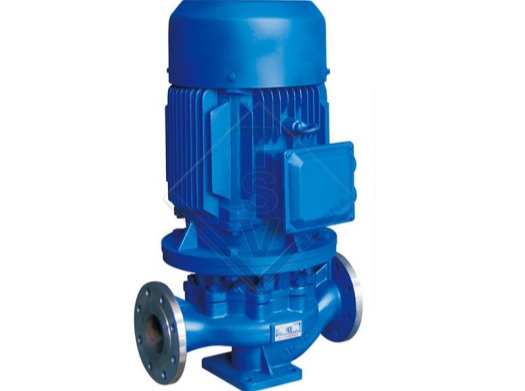
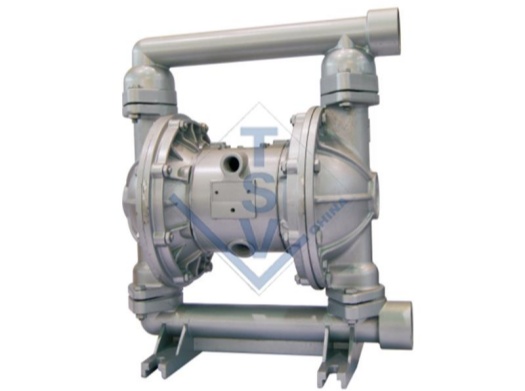
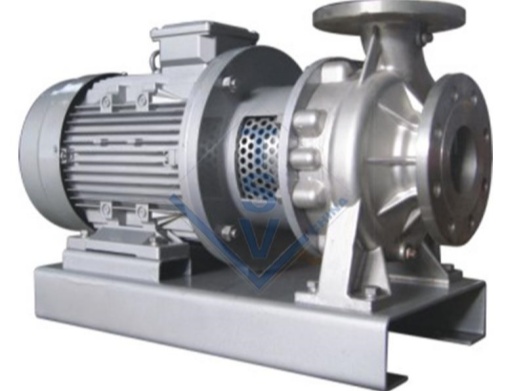
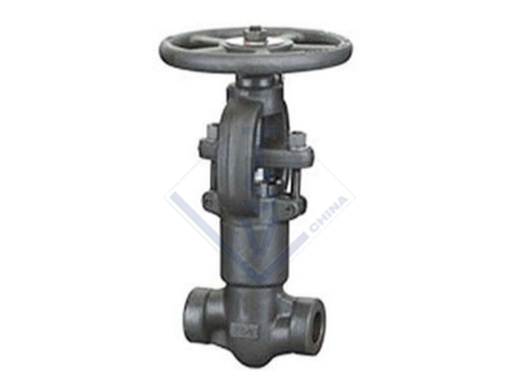
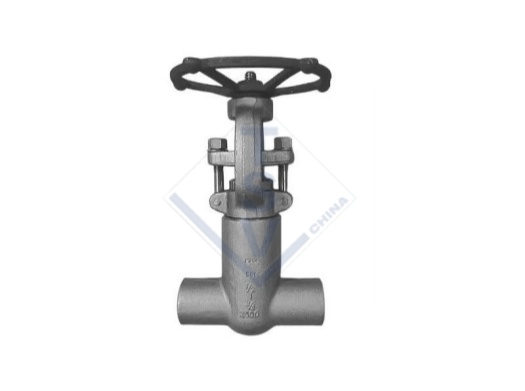
 Request a Quote
Request a Quote